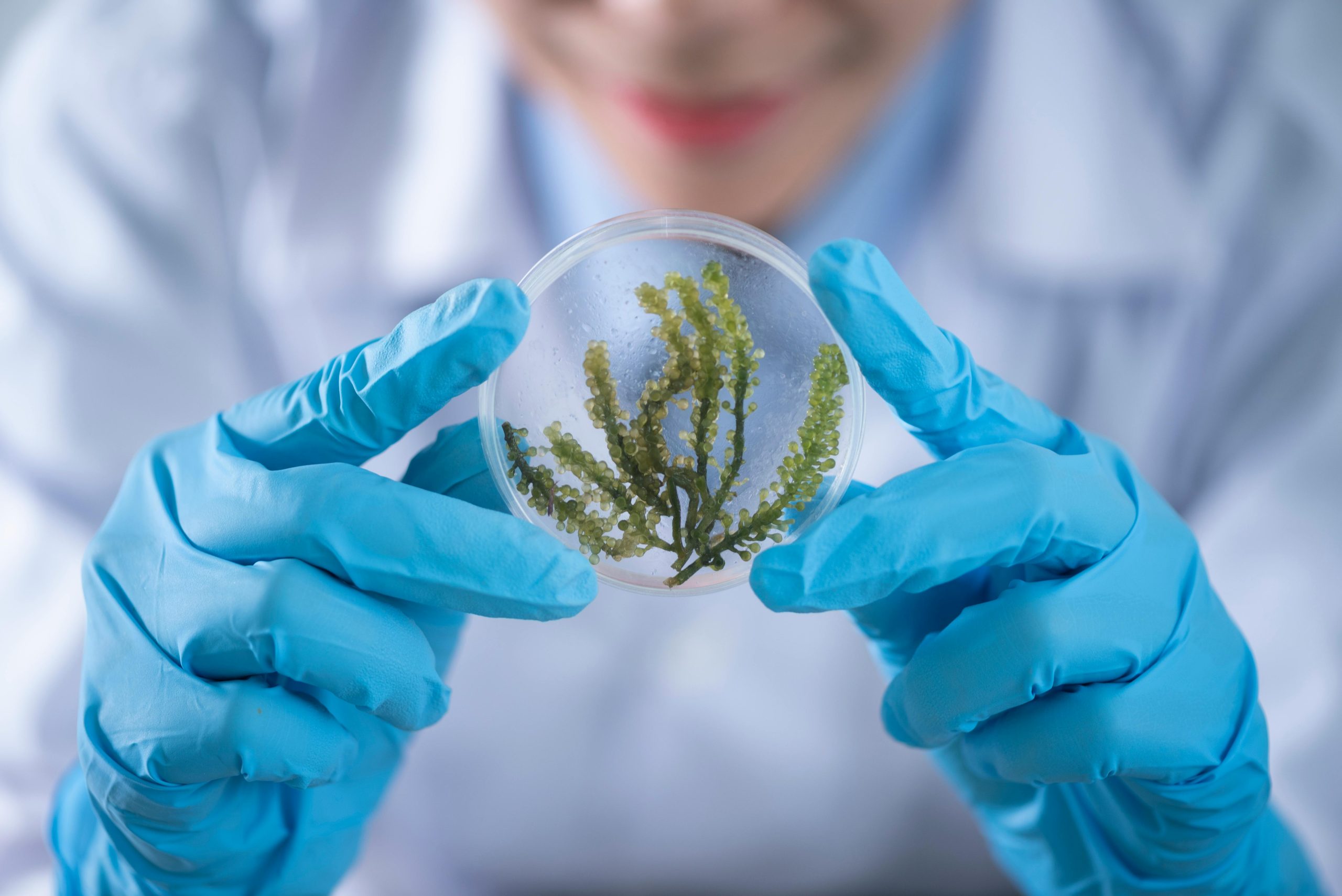Summary
The OECD 201 test method is designed to assess a substance’s potentially adverse effects on the growth of freshwater green algae and/or cyanobacteria over 72 hours in nutrient-rich, continuously illuminated batch cultures. Even though this is a short test, effects over several generations can still be examined. This is widely recognized and standardized ecotoxicity test.
The OECD 201 Test Method
This test can either be designed to obtain a response curve from the chosen test organisms at different substance concentrations, or be designed to test adverse effects of a substance on the chosen test organisms at a given concentration (typically the solubility limit). In the test, exponentially growing cultures of test organisms are exposed to a concentration (or series of concentrations) of the test substance in a controlled batch culture system. The inhibition of growth in the exposed cultures is compared to that of control cultures without the test substance. Commonly used test organisms include freshwater green algae (Pseudokirchneriella subcapitata and Desmodesmus subspicatus) or cyanobacteria (blue-green algae, like Anabaena flos-aquae). The test organisms are sensitive to a wide range of toxicants and are easy to culture in the laboratory, making them ideal test organisms.
Here are some additional details about the OECD 201 test method:
- Test organisms: Pseudokirchneriella subcapitata, Desmodesmus subspicatus or Anabaena flos-aquae (other strains may be allowed if growth >16-fold)
- Exposure period: Normally 72 hours (may be 48-96 hours if needed to maintain exponential growth)
- Design:
- If the test is designed for a response curve, at least 5 geometrically spaced concentrations with 3 replicates per concentration should be used
- If the test is designed for a limit test, at least 6 replicates are needed
- Culture medium: OECD standard algal medium
- Culture volume: 50-100mL in sterile glass Erlenmeyer flasks providing CO2 exchange
- Environmental conditions:
- Temperature: 21–24 °C
- pH: 6-9 (change <1.5 units)
- Constant light (60–120 µE m⁻² s⁻¹)
- Orbital shaking or bubbling for homogeneity
- Initial inoculum density: Biomass lower than 0.5mg/L to secure >16-fold growth without nutrient depletion
- Measurement: Biomass recorded at 0, 24, 48 and 72 hours through approaches such as cell count
- Validity criteria:
- Control biomass >16-fold in 72 hours
- The mean coefficient of variation (CV) of section-by-section rates <35%
- CV of mean growth rates <7% (P. subcapitata, D. subspicatus) or 10% (all others)
- Reference substance: 3,5-dichlorophenol or potassium dichromate (tested >2 times per year for proficiency)
Contact Aropha Today to Discuss OECD 201 Testing
For efficient, accurate biodegradability and ecotoxicity testing with tight lead times, turn to Aropha. We combine our digital twin simulation platform with our physical testing to make sure you get the ecotoxicological information you need about your products quickly. This allows you to make any changes, decide on other testing measures, and finalize production so you can get your products to market as quickly as possible in a cost-effective manner.
In addition to OECD 201, Aropha offers a wide range of biodegradability testing methods. Plus, when you choose our GLP-compliant biodegradability testing, we make sure you have all of the test documentation you need to properly substantiate your environmental marketing claims.
Pricing
Contact us for High-Throughput Screening PricingContact us for Biodegradability Certification Pricing

